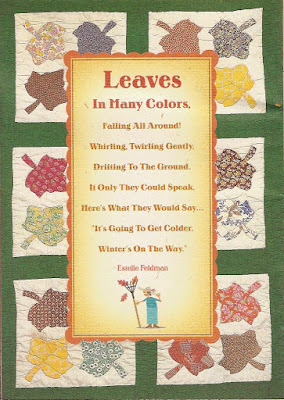
... or, Reclaiming a Garden
I think I’ve mentioned before about the wonderful wildflower garden my daughter planted as a young teen. She did virtually all of the work herself -- clearing the ground, laying out brick paths, and transplanting wildflowers. It was a thing of beauty... and so special because she had done it all herself. Some of the flowers she transplanted were from our woods; others she dug up along the roadside. Family and friends who knew of the project were generous and shared plants with her. Her grandfather, in particular, was thrilled with her interest. He was a lifelong observer of nature who kept a “wildflower list” of plants he saw each year. He often brought her plants he had found in his ramblings through the woods and fields near his home.
One of the plants was called periwinkle. With glossy green leaves and charming purply-blue flowers, it made a lovely addition to the wildflower garden. “It will spread,” Grandpa promised. I didn’t think too much about it at the time; the garden was new, with lots of empty space, and the idea of a plant that would spread didn’t sound too bad. Then too, I had been given plants in the past by friends who told me the plants would spread, and they hadn’t spread very much. I figured our soil was just too poor and that’s why the plants had not spread.
Well, Grandpa was right about the periwinkle -- and I had sadly misjudged it. It spread... and spread... and spread. At first it was charmingly attractive. When the first leafy tendrils crawled across the brick paths, they looked lovely. Those leaves stayed bright and glossy even in the driest droughts and the coldest temperatures. But before many years had passed, periwinkle was everywhere in that garden. There wasn’t much room for the other plants to breathe. The brick paths were almost obliterated by leafy green vines.
Grandpa is appreciating the beauties of heaven now, and my daughter has long since moved to her own acreage. The garden remains here, but I hadn’t paid much attention to it other than raking off the leaves in the spring and enjoying the flowers that still bloomed here and there.
Last fall I became aware of just how much the periwinkle had taken over the garden. I set about to eradicate it. What a task it was! Those plants trailed hither and yon over the garden, putting down roots as they went. And in many cases the roots were deep! It took days and days of pulling, ripping, and tugging at those plants to get them all out. Even then I couldn’t be sure I had them all. I knew that spring would reveal whether or not I’d actually gotten rid of them.
Sure enough, when I raked the leaves off a few weeks ago, there were still occasional sprigs of the glossy green periwinkle. They were quickly pulled out, however, and I feel optimistic that I can keep them under control now. I tossed the uprooted plants far away, in a completely separate area, over an ugly embankment where we could use some ground cover. That way, if they should happen to take root, they would serve some purpose.
The whole project reminded me so much of how sin takes root in our lives. At first it may look attractive and harmless, even desirable. The first periwinkle plant was so pretty. Even when it began crawling over the bricks, I still liked it. But before I was even aware of how much it was spreading and how it was putting down its roots, it was everywhere, choking the life out of the garden. In the same way, sin will choke out our spiritual life. And it happens so subtly we may not even notice. Then what a task we face when we determine to deal with our sin! We think we have it uprooted in one area, but then it pops up somewhere else. This reminds me of the vital importance of keeping short accounts with God and dealing with our sin each and every day.














































